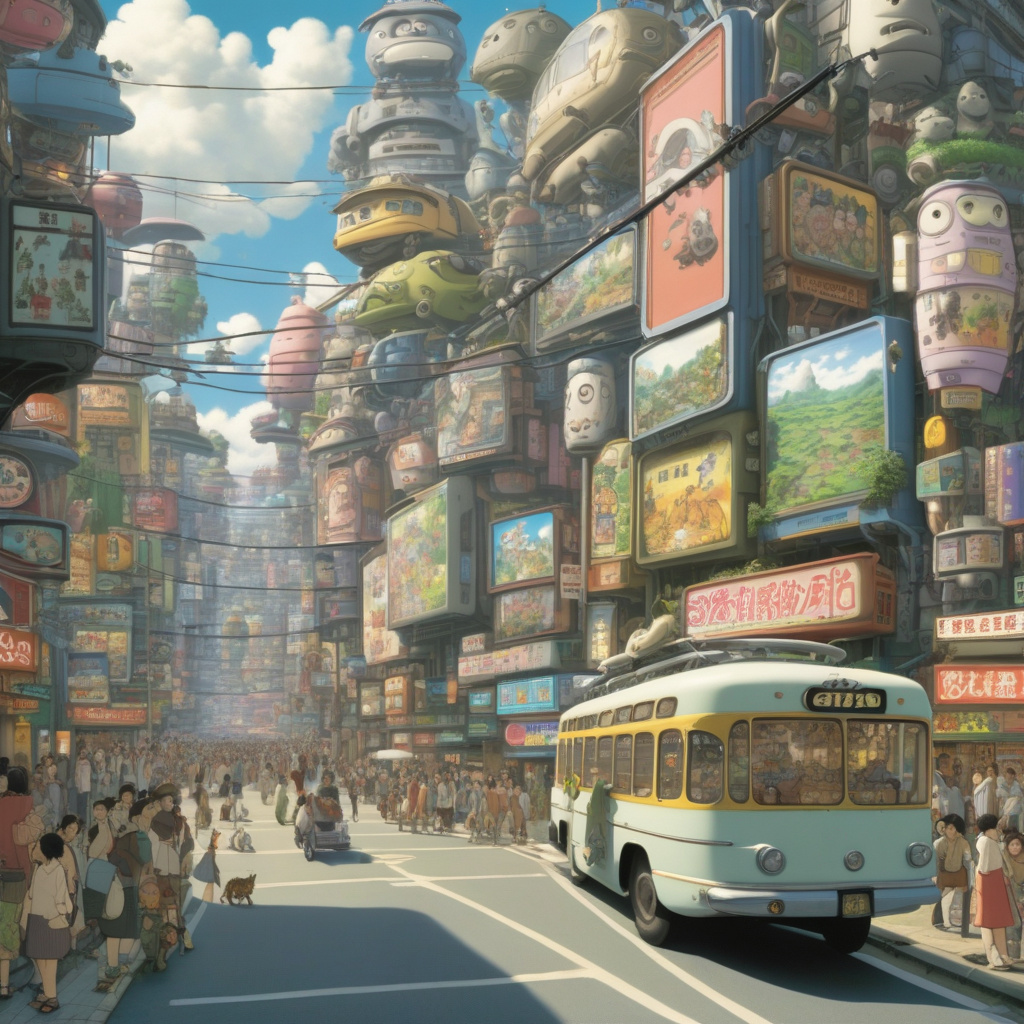Ghibli Trend: The Global Dependence on AI Unveiled
Artificial Intelligence (AI) has become an integral part of our lives, influencing various aspects of society, including art and creativity. Recently, a trend emerged that showcased the fusion of AI technology with the enchanting world of Studio Ghibli, captivating audiences worldwide and shedding light on our increasing reliance on AI.
The phenomenon of Ghibli-inspired AI art going viral exemplifies the mainstream AI trends that are shaping the creative landscape. Studio Ghibli, founded by the legendary animator Hayao Miyazaki, is renowned for its stunning visuals, captivating storytelling, and profound themes that resonate with audiences of all ages. By harnessing the power of AI, artists and technologists have found a way to reimagine Ghibli’s iconic characters and landscapes in a new and innovative light.
One of the key drivers behind the popularity of Ghibli-inspired AI art is its ability to evoke nostalgia and curiosity among fans of the beloved animation studio. AI algorithms can analyze vast amounts of data, including Ghibli’s extensive collection of films, concept art, and character designs, to generate new and captivating artworks that pay homage to the studio’s unique aesthetic. This fusion of AI technology with Ghibli’s timeless charm has resulted in a wave of creativity that has taken social media platforms by storm.
However, as with any technological advancement, the rise of AI in the realm of art has also raised ethical concerns. Hayao Miyazaki himself has been vocal about his skepticism towards AI and its impact on the creative process. The veteran animator, known for his hand-drawn animation style and attention to detail, has expressed reservations about the potential consequences of relying too heavily on AI to generate art.
Miyazaki’s concerns highlight the delicate balance between leveraging AI for creative inspiration and preserving the human touch in art. While AI can undoubtedly enhance artists’ capabilities and push the boundaries of imagination, it also poses a threat to the authenticity and soulfulness that define traditional artistic expressions. The debate surrounding AI in art underscores the need for a thoughtful and nuanced approach to integrating technology into creative practices.
Despite the ethical dilemmas, the Ghibli trend serves as a compelling example of our society’s deepening dependence on AI. From personalized recommendations on streaming platforms to algorithm-generated artworks on social media, AI has become ingrained in our daily lives, shaping our preferences, behaviors, and interactions. The viral success of Ghibli-inspired AI art reflects our fascination with the possibilities that technology offers and the ways in which it can transform and enrich our cultural experiences.
As we navigate this ever-evolving landscape of AI-driven creativity, it is essential to strike a balance between innovation and preservation, between progress and tradition. The Ghibli trend reminds us of the power of collaboration between human ingenuity and technological advancements, paving the way for new forms of artistic expression that resonate with audiences across the globe.
In conclusion, the Ghibli trend stands as a testament to the global dependence on AI and its transformative impact on the creative industry. By exploring the intersection of technology, art, and ethics, we can gain a deeper understanding of the opportunities and challenges that AI presents in shaping the future of creativity. As we continue to embrace innovation and push the boundaries of artistic expression, let us not forget the importance of preserving the essence of humanity in the art we create.
Ghibli, AI, Art, Creativity, Ethics












